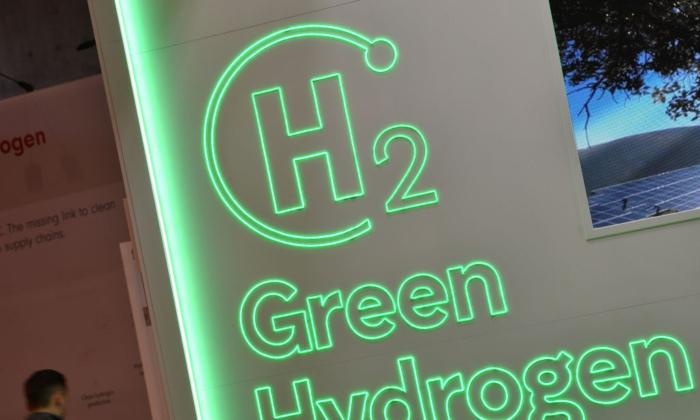A major green hydrogen production hub in Darwin, powered by renewable energy, has been awarded major project status by the Northern Territory government.
The project, known as TE H2, is being developed by a joint venture between French energy giant TotalEnergies and EREN.
The hydrogen hub aims to produce about 80,000 tonnes of hydrogen every year, which will be powered by solar energy in a bid to work towards net zero.
Northern Territory’s chief minister Eva Lawler noted the project would “reduce greenhouse gas emissions” in the territory.
“With our abundant solar resources and our strategic location to support exports into the Indo-Pacific, the production of green hydrogen is a key opportunity for the Territory to address the growing demand for this green energy globally.”
The hydrogen hub would create about 800 jobs in the construction phase and a further 175 jobs once the plant is operational.
“Creating jobs now and into the future is the priority of the Territory Labor government. And this project does just that,” Ms. Lawler added.
The project aims to produce hydrogen that will be used for both domestic use in Australia and international export.
Noting the net-zero strategy, the Northern Territory government said the project would help Australian and global companies “decarbonise” via the use of green hydrogen.
According to the government, TE H2 is positioned to be an early mover in giga-scale renewable energy generation, establishing a hydrogen production industry in the Territory.
‘Significant Milestone’: TE H2 Managing Director
Kam Ho, who is Australia’s managing director of TE H2, described the major project status as a “significant milestone” for the development and can fast-track regulatory approvals.“Major Project Status is a formal recognition of a project’s significance through its contribution to economic growth, decarbonisation, employment, and renewable energy supply chains in the NT,” the government said.
“The company will continue to progress its project, working towards design of the downstream facility, transmission infrastructure, and upstream generation facility.”
Mr. Ho indicated that the current focus is on conducting studies leading to a final investment decision by 2027.
“The proposed cornerstone project aims to be the Northern Territory’s first solar-powered green hydrogen production and export project, delivering sustainable and cost-competitive power,” he said.

Can Hydrogen Adequately Support the Net Zero Challenge?
With hydrogen, instead of charging batteries with excess electricity from solar and wind, the power is fed through electrolysers (itself an energy-intensive process) to create hydrogen. The gas is then stored in reservoirs to be re-used for electricity generation or synthetic fuel.Yet like many new technologies in the net-zero push, it is still in its early days of development and far from able to support entire energy grids.
“The main problem really is hydrogen is very low density,” said Nick Kastelstein, oil and gas engineer at GPA Engineering. “So it’s a third the energy density of methane, and it takes a lot of energy to compress it.”
“It also affects the material and ability of storage containers to resist fatigue when cycling. So if you have a big bottle and you fill it up and empty it, fill it up and empty it, the bottle would probably fail 10 times sooner than it would for natural gas,” he previously told The Epoch Times.
“Then you have round trip efficiency as well. So the process of creating hydrogen from electricity has a maximum of 80 percent efficiency—so already you lose 20 percent of your energy. Once you take it back to electricity, you lose even more.”







